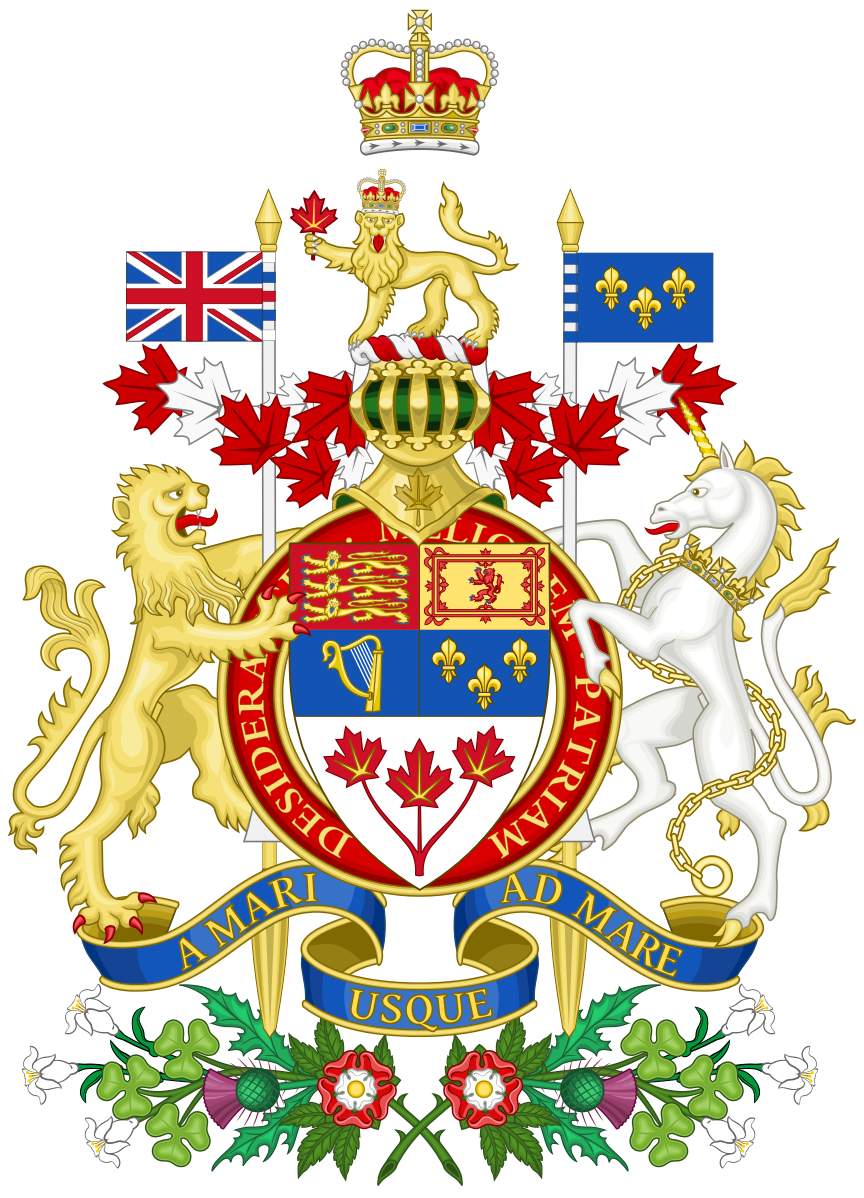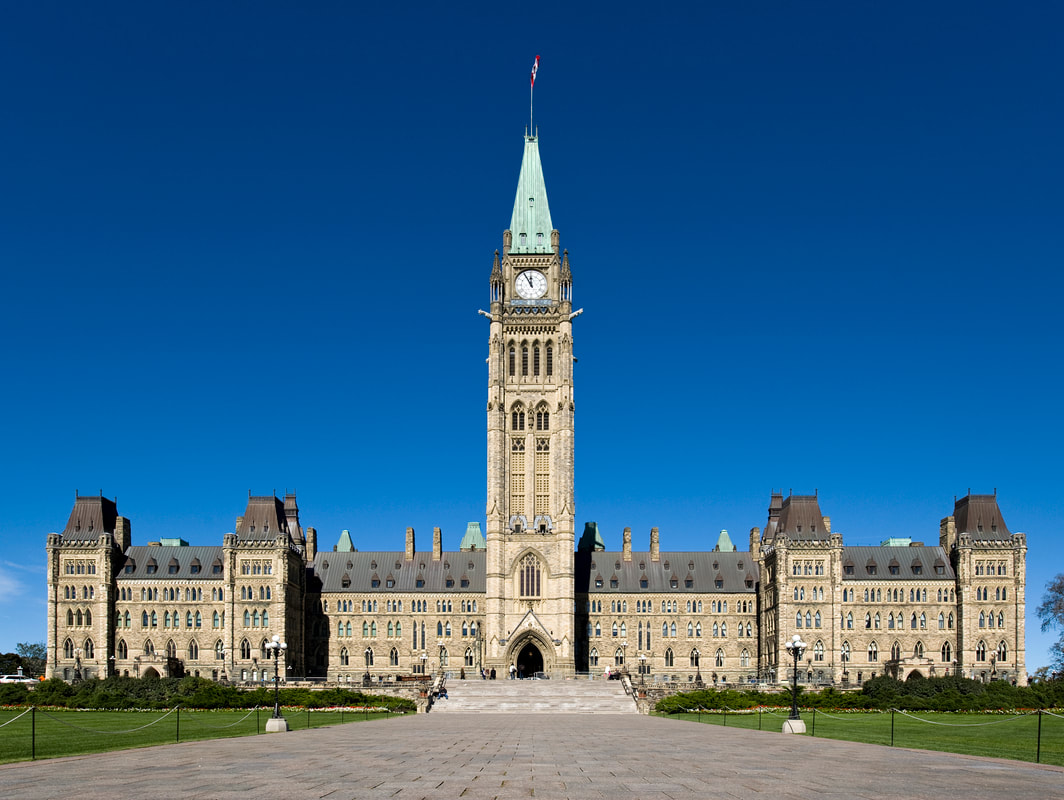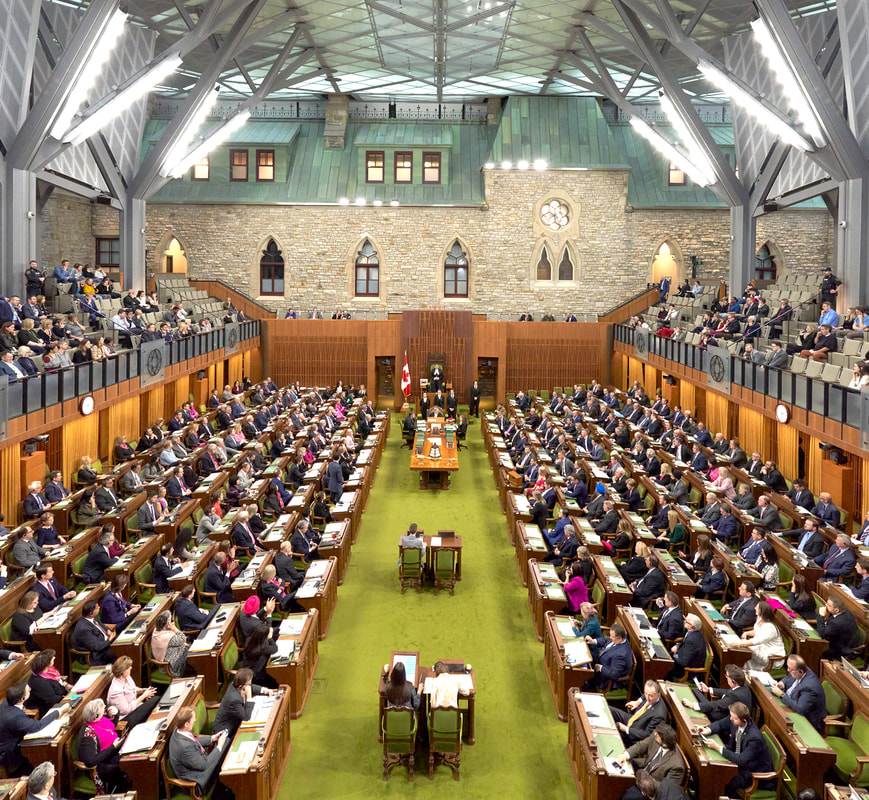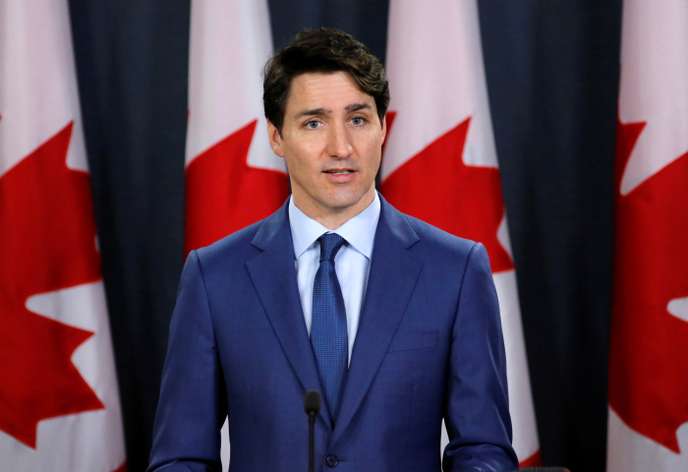Civilisation anglophone | Canadian's History
|
|
A | Map and Information
B | Canada's Political System
|
Canada is a constitutional monarchy, in which the monarch is head of state. It is founded and based on the rule of law and respect for rights and freedoms. The government acts in the name of the Crown but derives its authority from the Canadian people. At the national level, Canada has three branches of government: the executive branch, legislative branch and judicial branch, each with specific roles and duties
The Role of The British MonarchThe British monarch’s position, however, has historically been more honorary rather than enforced, though should the monarch—currently Queen Elizabeth II—decide, she could assert considerable power over Canada.
|
The Prime Minister
The Prime Minister serves as the head of the Canadian federal government and wields most of the executive power in the country. The prime minister is almost always chosen from whichever party holds a majority in the House of Common
The Executive Branch and Legislative Branch | Canada’s parliamentary system
|
Canada’s parliamentary system stems from the British, or “Westminster”, tradition. Parliament consists of the Crown, the Senate, and the House of Commons. Laws are thus enacted once they are agreed to by all three parts.
Since Canada is a federal state, responsibility for law-making is shared among one federal, ten provincial and three territorial governments. The difference between provinces (Alberta, British Columbia, Manitoba, New Brunswick, Newfoundland and Labrador, Nova Scotia, Ontario, Prince Edward Island, Quebec, and Saskatchewan) and territories (Northwest Territories, Nunavut, and Yukon ) is that territories have less control over their own affairs. The judiciary is responsible for the interpretation and application of the law and the Constitution and for giving impartial judgments. |
A System borrowed from both British and American Models
The federal or national government of Canada is unique. Indeed, it borrows from both the British and American models of government to create a somewhat unusual, albeit very effective system.
The Canadian government uses a system of checks and balances between the various branches of government, which ensures that no single branch can use or abuse its powers to the detriment of the Canadian population.
The federal or national government of Canada is unique. Indeed, it borrows from both the British and American models of government to create a somewhat unusual, albeit very effective system.
The Canadian government uses a system of checks and balances between the various branches of government, which ensures that no single branch can use or abuse its powers to the detriment of the Canadian population.




